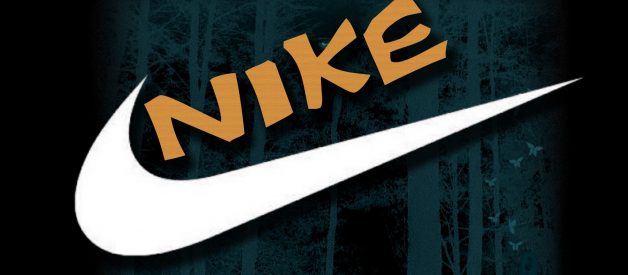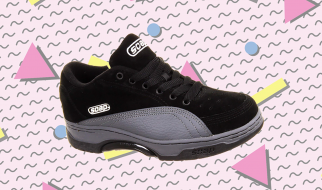
Strengths
Nike is the world?s leading apparel brand. Nike has about 1,182 stores throughout the world. The company became more valuable through sponsorship with some great and famous athletes such as Koby Bryant, Lebron James, Tiger woods, Cristiano Ronaldo etc. Nike has an effective brand image and reputation, the company manufactures top quality and innovative products for men, women and kids at a lower price. If prices go up because of price hike, Nike would change the manufacturing place and lower the price of the manufacturing procedure. Nike creates job opportunities by hiring employees throughout the world, the company has about 73,000 employees throughout the world. A strong brand image is a key strength for any brand. Over time, Nike has built a strong image as an ethical and customer oriented business. It is an innovative brand that is also known for its excellent marketing and for good quality products. Most of Nike?s fame depends on its stylish products and a well crafted marketing strategy. Its swoosh logo sets it apart from the crowd of businesses. Nike?s focus on innovation and ethics has resulted in stronger reputation and faster growth.
Weaknesses
Products sales in the retail sector are highly influenced by the price of the product. Retailers usually provide a related experience to the consumers with a different low-cost product which become compressed as retailers try to give some of the low cost competition pressure to Nike. There was a time when Nike was not able to reveal any kind of information about its business partners. The company had bad working conditions and paid its workers under the minimum wage in Vietnam. It also used cheap labour force in some foreign countries. The U.S market has a strong impact on Nike, the company relies on the U.S market to make sales and income. In 2017, around forty six percent of Nike?s income was made from its sales within the U.S and about fifty four percent was made from its overseas sales.
Threats
Stronger US dollar hurting earnings
A stronger US dollar has an adverse effect on the earnings of Nike. A stronger US dollar increase inventory cost and reduces the consolidated earnings of Nike. In both 2016 and 2017, the detrimental effect of fluctuation in foreign currency was felt by Nike. It felt a detrimental impact of $542 million and $1,985 million on its consolidated revenues for 2017 and 2016 respectively. A similar detrimental impact was felt on Income before income taxes because of fluctuation in foreign exchange rates which was close to around $115 million and $449 million for 2017 and 2016 respectively.
Increased competitive pressure
The competitive pressure over Nike has also kept increasing requiring higher investments in marketing as well as operations. Adidas and Under Armour are also investing heavily in innovation and marketing creating competitive pressure on Nike. To manage the competitive pressure Nike will have to retain its focus on product quality, innovation and supply chain management.
Growing HR and marketing expenses
With growing business, the HR and marketing expenses of Nike have also grown. It spent more than 3 billion on marketing in 2017. The company is also experiencing higher wage related and compensation expenses.
Higher legal pressures
The legal pressures over businesses have grown globally leading to higher pressure related to ethics and compliance. This has also led to an increase in compliance related costs for Nike. Failure to comply with regulatory standards can lead to financial and reputational risks.
Opportunities
Digitization and product innovation
For further growth, Nike must continue to retain its focus on digitization and product innovation. Digital marketing and eCommerce will affect its growth and profits. Its competitors are also investing in these areas and they will continue to affect the consumer experience of Nike as well as its sales and profits.
Acquisitions
Acquisitions can also be a good method to find growth faster. The brand can grow faster by acquiring related businesses.
International expansion
International expansion can also be great for faster growth. Nike is currently operating its eCommerce websites in only 45 countries. It can exploit both ecommerce and physical retail channels for international expansion. Asia is particularly a fast growing market full of space and opportunities for market growth.
Backward integration
Nike currently relies totally on independent manufacturers for the production and supply of its products. It can either acquire a few of them or build some of its own which will help it have a more agile and stronger supply chain and find faster growth.


